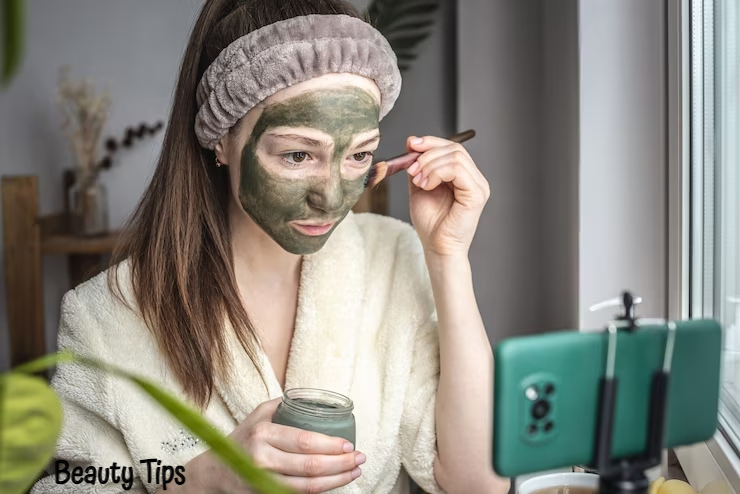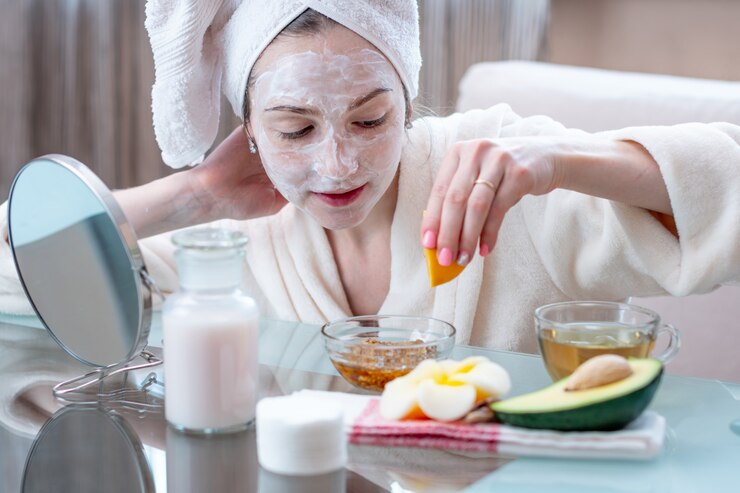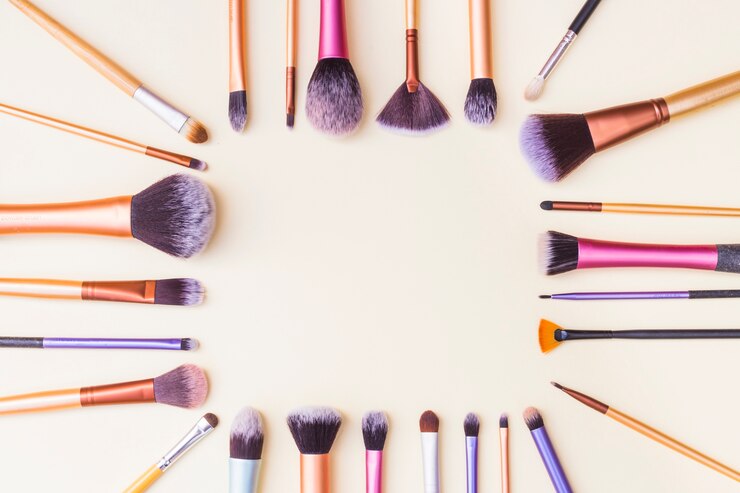A Comprehensive Guide to Natural Skincare
DIY face masks have surged in popularity as a natural, cost-effective alternative to commercial skincare products. With the promise of using natural ingredients and the convenience of at-home beauty treatments, many individuals are eager to experiment with DIY masks. However, it’s crucial to understand the benefits and risks associated with these homemade solutions. This guide will explore the safe use of DIY masks, provide dermatologist-approved recipes, and highlight the importance of using the right ingredients.
The Appeal of DIY Face Masks
DIY masks offer numerous benefits, from being cost-effective to having control over the ingredients used. Here are some key reasons why people opt for DIY masks:
- Natural Label: Many DIY masks are made from ingredients readily available in your kitchen, giving them a natural label. This appeals to individuals seeking organic and chemical-free skincare solutions.
- Customization: You can fit Do-It-Yourself covers to address explicit skin concerns, like dryness, skin break out, or redness.
- Accessibility: Most ingredients for DIY masks are inexpensive and easy to find, making them accessible to a wide audience.
- At-Home Beauty Treatment: DIY masks provide the convenience of pampering yourself at home without the need for expensive spa visits.
The Importance of Safety in DIY Masks
While DIY masks can be beneficial, it’s essential to ensure they are safe for your skin. Here are some safety tips to consider:
- Consult a Dermatologist: Before trying a new DIY mask, especially if you have sensitive skin or existing skin conditions, it’s advisable to check with a dermatologist. Board-certified dermatologists and professors of dermatology can provide valuable insights into safe ingredients and potential risks.
- Avoid Certain Ingredients: Not all natural ingredients are safe for skincare. For instance, avoid using lemon juice and apple cider vinegar due to their high acidity, which can lead to irritation. Similarly, spices like turmeric can cause discoloration, and cinnamon is a well-known skin irritant.
- Patch Test First: Before applying a homemade facial mask, perform a patch test. Apply a small amount behind your ear, rinse off after 15 minutes, and wait 24 hours to check for any redness or irritation.
- Immediate Use: Once you create a homemade mask, use it immediately. Exposure to air and light can cause the mask to lose its effectiveness and potentially develop bacteria, which could clog your pores and cause acne.
Best DIY Mask Ingredients
Some ingredients are well-tolerated and beneficial for most skin types. Here are a few dermatologist-recommended ingredients:
- Colloidal Oatmeal: Known for its anti-inflammatory properties, colloidal oatmeal can help improve dryness and lock in moisture. It soothes itchy and irritated skin.
- Avocado: Rich in fats and vitamin E, avocado helps increase skin moisture and protect against free-radical damage.
- Honey: A natural antimicrobial and anti-inflammatory ingredient, honey reduces redness and irritation while keeping skin moisturized. Raw honey is preferred for its extra antioxidants.
- Green Tea: High in polyphenols, green tea has anti-inflammatory and anti-bacterial effects that can benefit the skin.
- Milk and Yogurt: Containing lactic acid, milk and yogurt are known exfoliators with moisturizing properties that calm inflamed skin.
- Aloe Vera: Renowned for its soothing and anti-inflammatory properties, aloe vera is a staple in DIY masks.
DIY Face Mask Recipes
Here are some easy DIY face mask recipes you can try at home, featuring dermatologist-approved ingredients:
1. (Super) Simple Manuka Mask
Ingredients:
- Manuka honey
Steps:
- Apply a thin layer of Manuka honey to damp skin.
- Leave on for 15 minutes.
- Rinse off gently with a moisturizing cleanser.
2. Beautifying Brown Sugar Scrub Mask
Ingredients:
- 2 Tbsp. brown sugar
- 2 Tbsp. coconut oil
Steps:
- Mix brown sugar and coconut oil.
- Apply to face in gentle circular motions.
- Let sink in for five minutes.
- Wash off with warm water.
3. Glowy Green Tea Mask
Ingredients:
- 1 Tbsp. matcha green tea
- 1 Tbsp. raw honey
- 1 Tbsp. baking soda
- Water
Steps:
- Mix matcha green tea, raw honey, and baking soda.
- Add just enough water to make a paste.
- Apply to face and leave for 15 minutes.
- Rinse off with warm water.
4. Blemish-Fighting Milk Mask
Ingredients:
- 2 Tbsp. raw honey
- 2 Tbsp. nutmeg
- 2 tsp. milk
Steps:
- Combine raw honey, nutmeg, and milk to form a thin paste.
- Apply to face and leave on for 15 minutes.
- Rinse off with warm water.
- Follow up with a dermatologist-approved moisturizer.
5. Two-Ingredient Oatmeal Mask
Ingredients:
- 1/4 cup warm water
- 1/2 cup colloidal oatmeal
Steps:
- Combine warm water with colloidal oatmeal.
- Apply to face and leave on for 15 minutes.
- Rinse off with warm water.
6. Comforting Chocolate Mask
Ingredients:
- 3 Tbsp. unsweetened cocoa or cacao powder
- 1 Tbsp. cream
- 2 tsp. raw honey
- 1/4 cup milk
Steps:
- Combine cocoa powder, cream, and raw honey.
- Add milk and stir to form a paste.
- Apply to face and leave for 10–15 minutes.
- Rinse off with warm water.
7. Hydrating Avocado Mask
Ingredients:
- 1/2 ripe avocado (mashed)
- 1 tsp. raw honey
- 1 tsp. plain full-fat yogurt
Steps:
- Mix mashed avocado, raw honey, and yogurt.
- Apply to face and leave on for 15 minutes.
- Rinse off with warm water.
8. Soothing Aloe + Honey Mask
Ingredients:
- 1 Tbsp. pure aloe vera gel
- 1 Tbsp. raw honey
Steps:
- Combine aloe vera gel and raw honey to form a paste.
- Spread evenly over face and leave on for 20–30 minutes.
- Rinse off with warm water.
9. Calming Oatmeal Mask
Ingredients:
- 2 Tbsp. colloidal oatmeal
- 1 tsp. baking soda
- Water
Steps:
- Mix colloidal oatmeal with baking soda.
- Add barely sufficient water to make a glue.
- Apply to face and leave on for 15 minutes.
- Rinse off with warm water.
Conclusion
DIY face masks can be a delightful and effective addition to your skincare routine, provided you use the right ingredients and follow safety precautions. Always conduct a patch test before applying a new mask, and consult with a dermatologist if you have any concerns. By using dermatologist-approved ingredients like colloidal oatmeal, honey, and avocado, you can create nourishing and safe masks that cater to your skin’s unique needs. Enjoy experimenting in your cosmetic kitchen and reap the benefits of natural, at-home beauty treatments.




